
There are so many things you’ll only know if you’re a dachshund owner and top of the list is just how much personality comes in such a small package! Known for being bold, brave, and fearless, the dachshund is a spunky and goofy pup with bucketloads of energy.
If you own one of these petite pooches, you’re likely familiar with how stubborn they can be. While the best dog treats can help when it comes to training, most dachshunds are very independent-minded, and teaching them new skills and behaviors takes a great deal of time and patience.
But while they can be strong-minded at times (and occasionally a little snappy), for the most part, dachshunds make loving and loyal companions fiercely protective of their owners. For more on this food-loving little fur baby, keep reading as we reveal some of our favorite facts about the dachshund…
32 things you’ll only know if you’re a dachshund owner
1. They're full of spunk
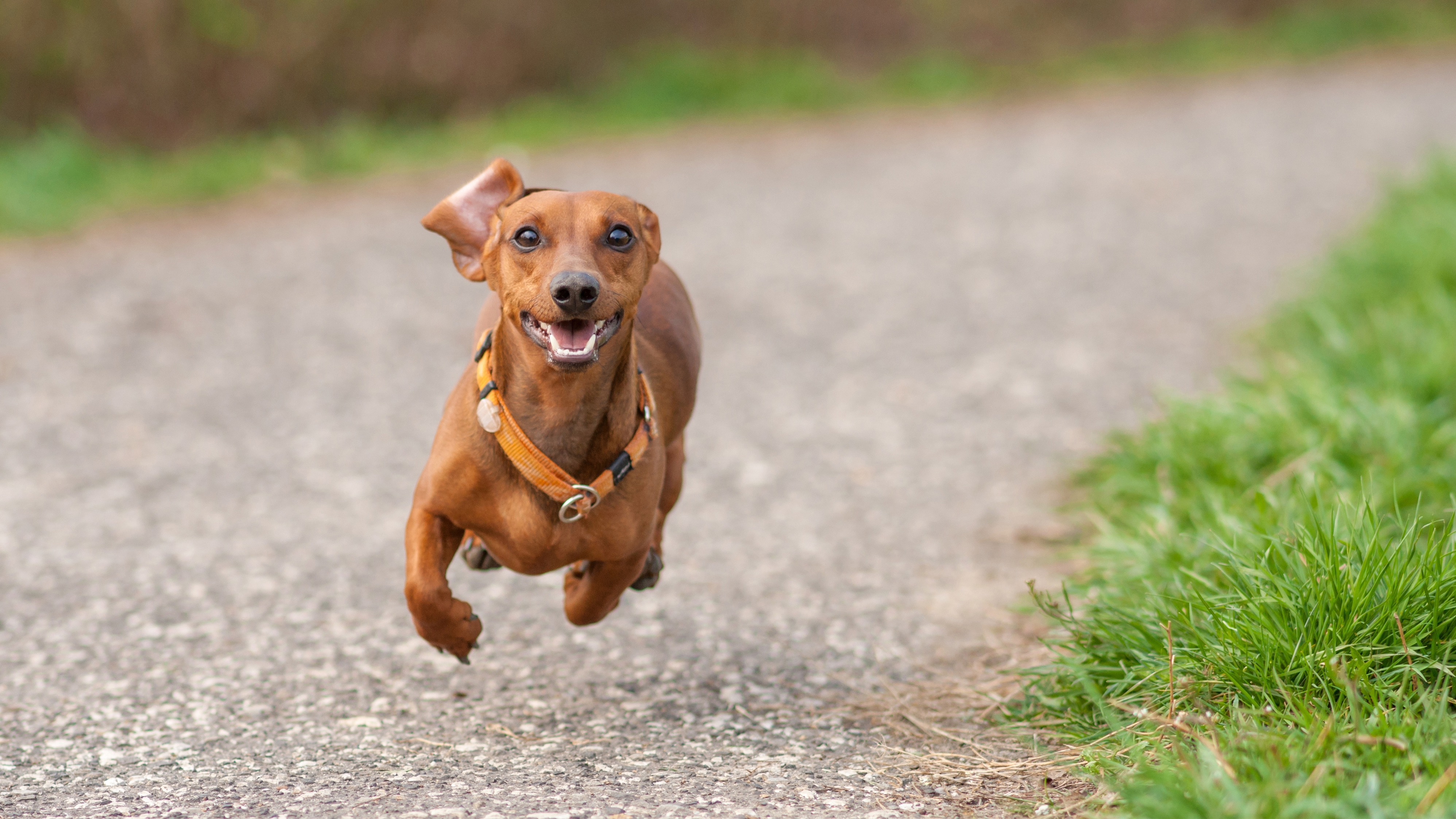
When it comes to personality, you’ll be hard-pressed to find a pup more spunky and lively than the dachshund. A spirited dog with plenty of pep in their step, this breed comes packed full of passion and determination.
2. A quiet life is out of the question

If you’re on the hunt for one of the quietest dog breeds, you’ll want to steer clear of the dachshund! They may be small but boy oh boy are they vocal with a bark that many dachshund owners would describe as piercing.
3. They make other hounds look enormous

Ranging in height from five to nine inches, the dachshund is the smallest of the hound group and is also the smallest hunting dog overall. However, while they may be tiny, their big hearts mean that they remain the most popular hound dog breed.
4. Hunting is in their blood

With their friendly face and petite frame, you’d be forgiven for thinking that the dachshund is a sweet and harmless pup — but nothing could be further from the truth. Originally bred to hunt badgers in Germany more than 600 years ago, the dachshund’s hunting skills are outstanding. Although they began to transition into household pets in the 1800s, they're still used as hunting dogs in Europe where they’re a formidable opponent for foxes and hares.
5. They come in two sizes
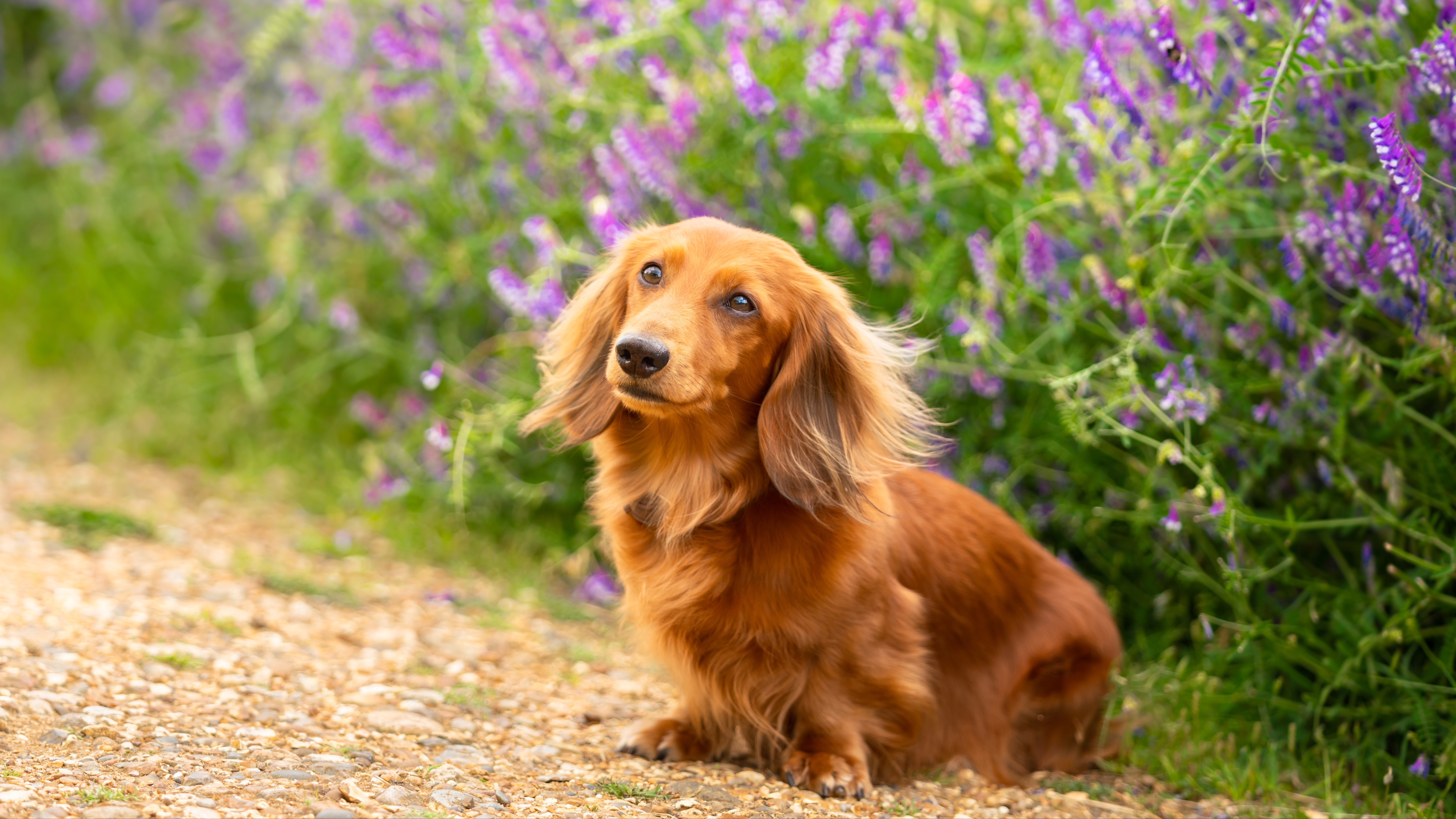
Dachshunds come in two sizes — standard and miniature. The standard dachshund weighs between 16 and 32 pounds while the miniature weighs up to 11 pounds.
6. Three different coat types
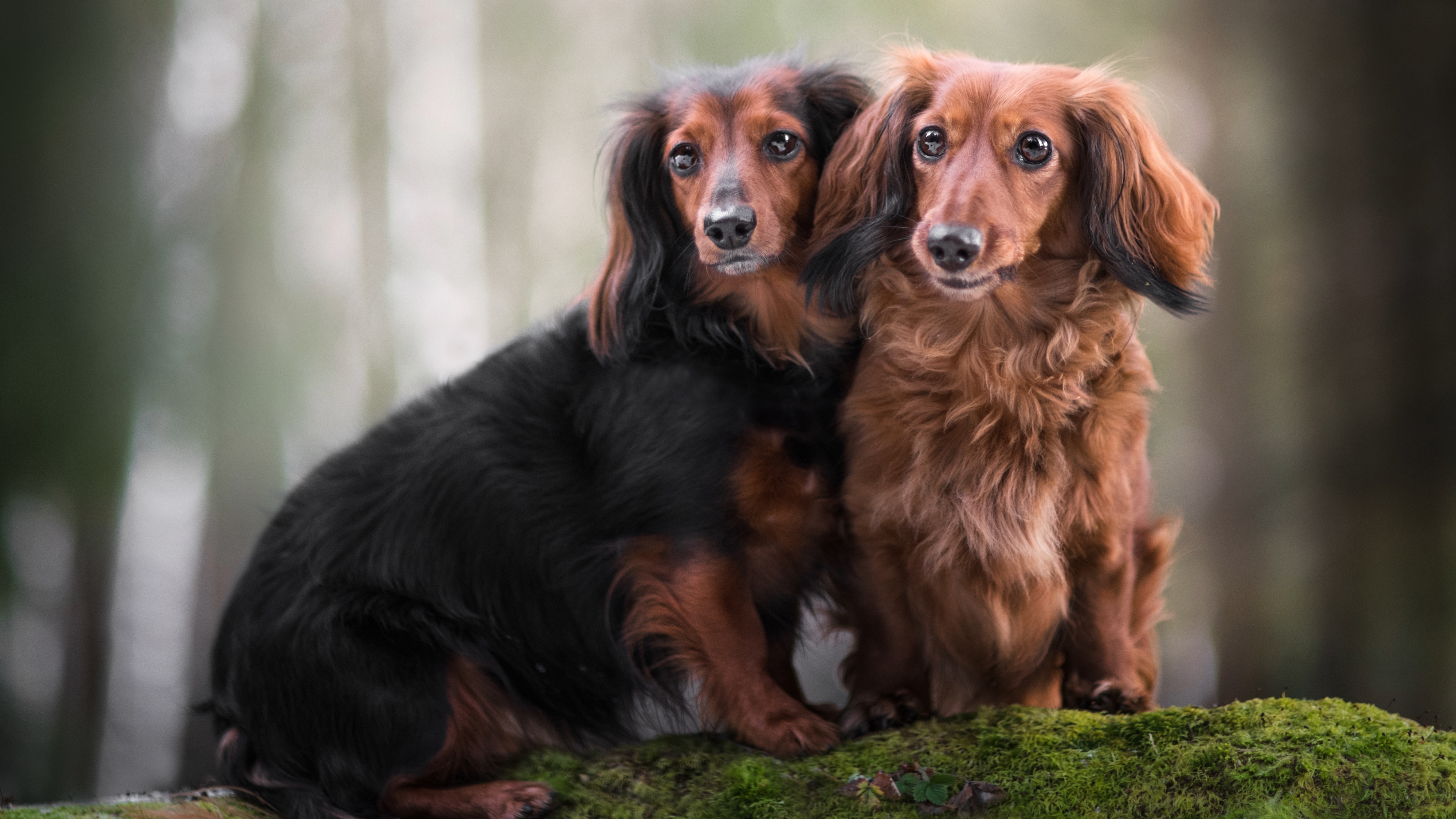
Dachshunds originally all had smooth coats and while this tends to still be the most popular of all the coat types, thanks to cross-breeding, they now also come in long-haired and wire-haired varieties.
7. They were the first Olympic mascot
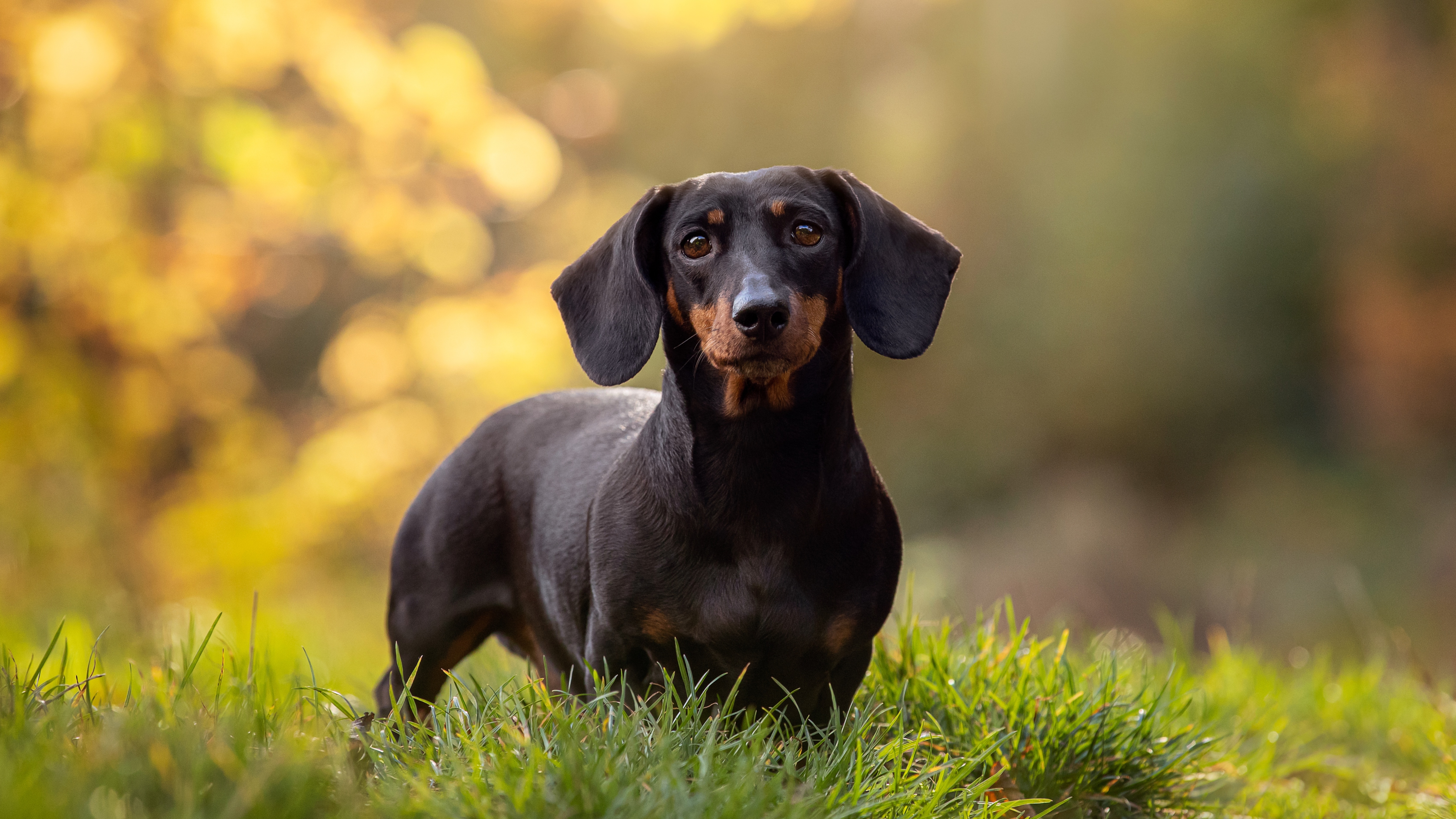
Did you know that the first Olympic mascot was a dachshund named Waldi? It’s true! Waldi served as the face of the 1972 Olympic games in Munich with officials even plotting that year’s marathon route in the shape of his body.
8. Dachshunds typically have a long lifespan
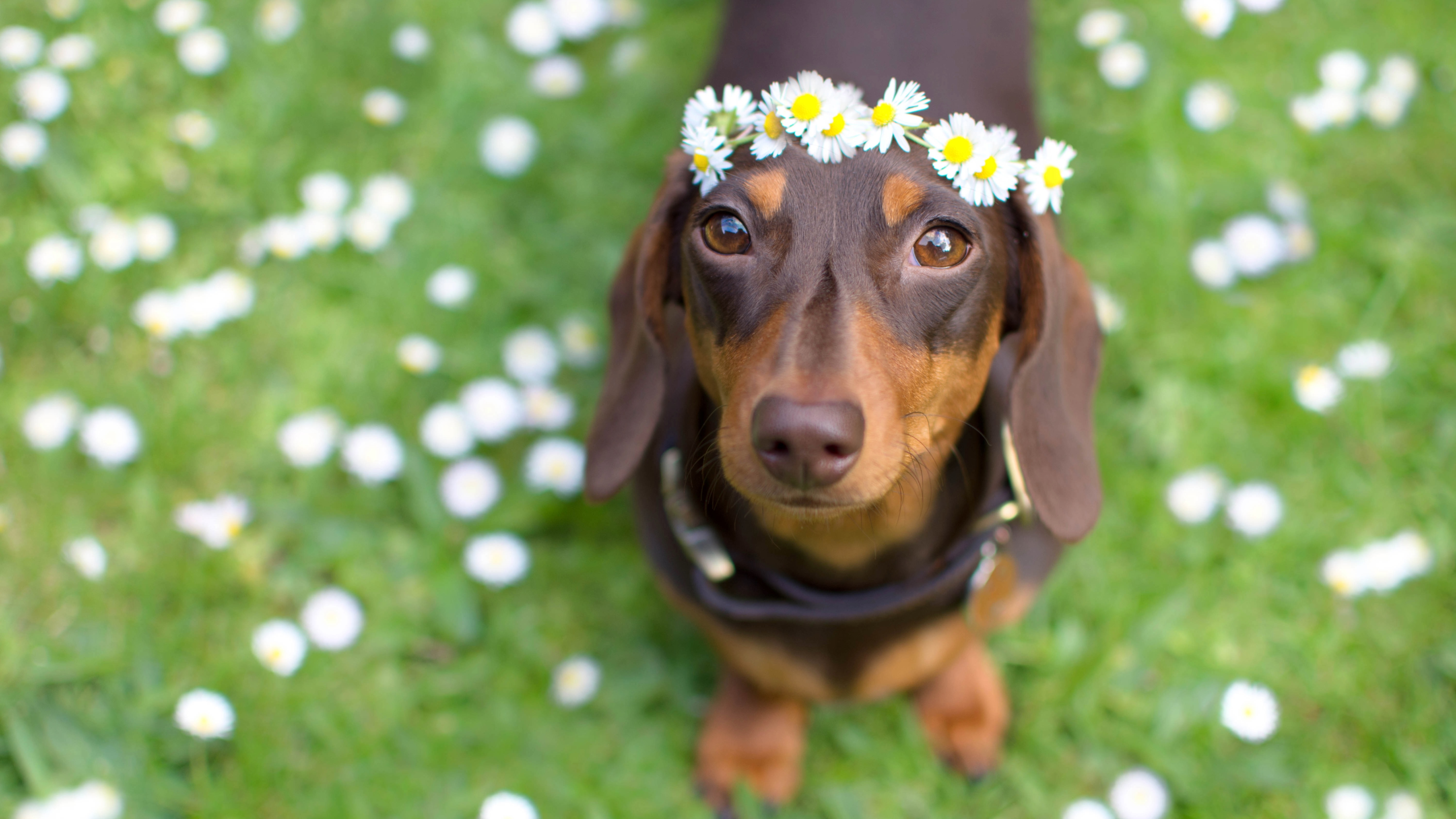
Which dog breed lives the longest? It’s a question that may be on your mind if you’re thinking of adopting a pup. Thankfully, dachshunds are one of the longest-living of all dog breeds, with many reaching a sprightly 16 years of age.
9. They're real goofballs

Known for their playful personalities, the dachshund is both goofy and mischievous, making them a joy to have in the home. There are so many reasons to adopt a dog, but if you’re looking to add more laughter to your day, welcoming a dachshund into your home will certainly help keep a smile on your dial.
10. They have bucket loads of energy
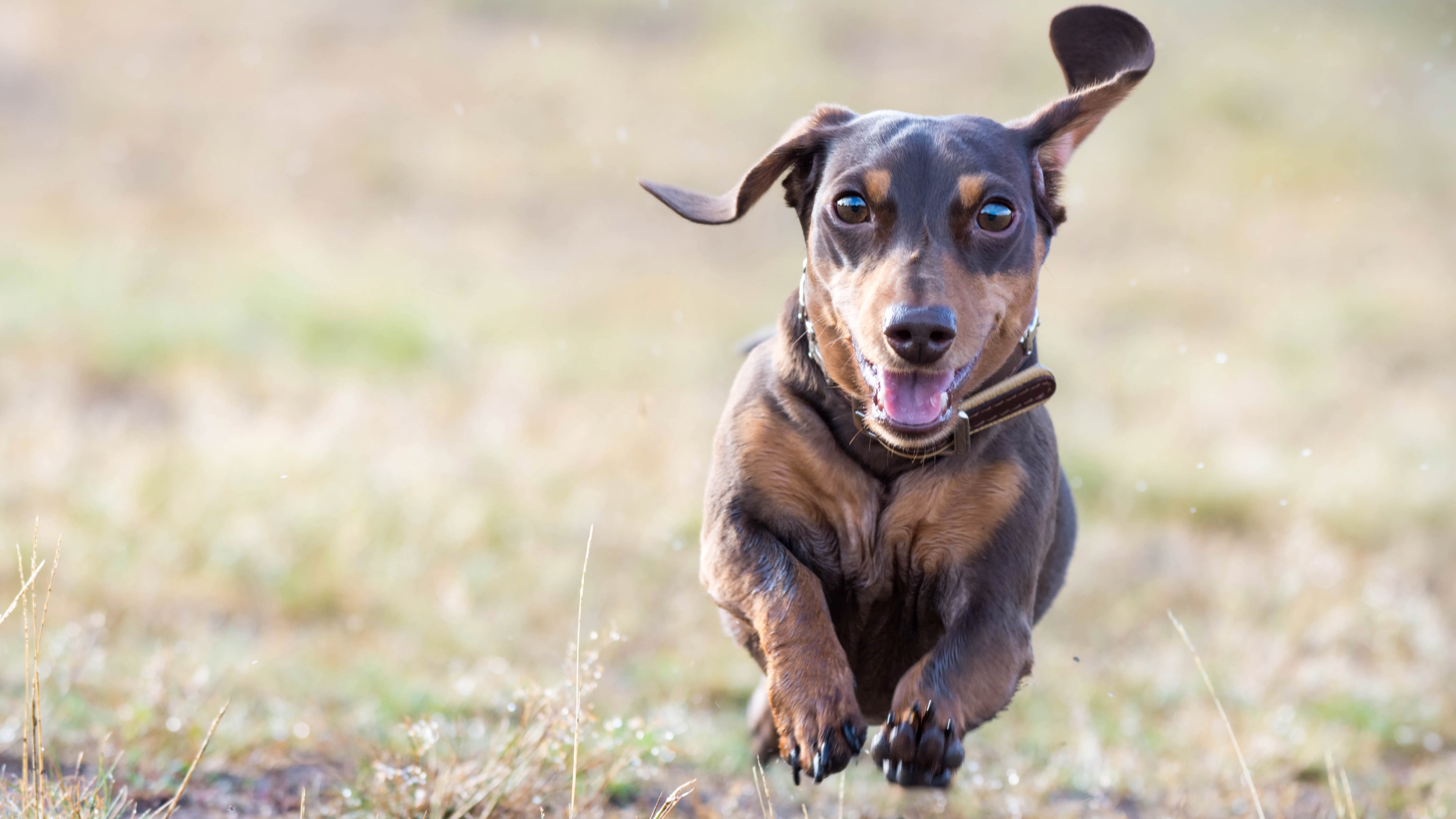
As you’d expect from a dog that was used for hunting, the dachshund is an active, lively, and energetic pup that loves chasing small animals and birds. Because they’ve got short legs and are barely larger than a cat, it’s easy to think this breed doesn’t need a lot of exercise. However, a standard-size dachshund needs a minimum of an hour of exercise each day to stay happy and healthy. So if you’re looking for ways for improving your relationship with your dog, a daily walk or two is a great place to start.
11. They love to play

You’ll want plenty of the best dog toys on hand if you have a dachshund in your home as these spirited pups adore a good play session. Because they’re natural-born hunters, games like fetch, hide-and-seek, and digging for treats are all popular with this breed and allow them to use their hunting instincts. Not to mention that these sorts of brain games for dogs are brilliant for keeping both the mind and the body in tip-top condition.
12. Irritability is common

Although they’re not considered to be aggressive, the dachshund does have a reputation for being irritable and snappy. It’s important to socialize your pup well from a young age and to teach any children in your family how to properly interact and play with their new canine companion. Provided these things are done well, most dachshunds will get along very well with young children.
13. Hot dogs got their name from dachshunds

Lovingly referred to as ‘sausage dogs’ or ‘weiner dogs’ because their long body resembles a hot dog, we’ve long believed that the hot dog came first. But it turns out that the original name for the hot dog may have been the dachshund sausage, meaning the dog came before the hot dog.
14. They can be stubborn

They may be adorable, but these pint-sized pooches are also well known for being super stubborn. A fearless dog who’s not afraid to disobey your commands, dachshunds are independent and free-spirited, which means they can take longer to train than other breeds.
15. They're notorious diggers
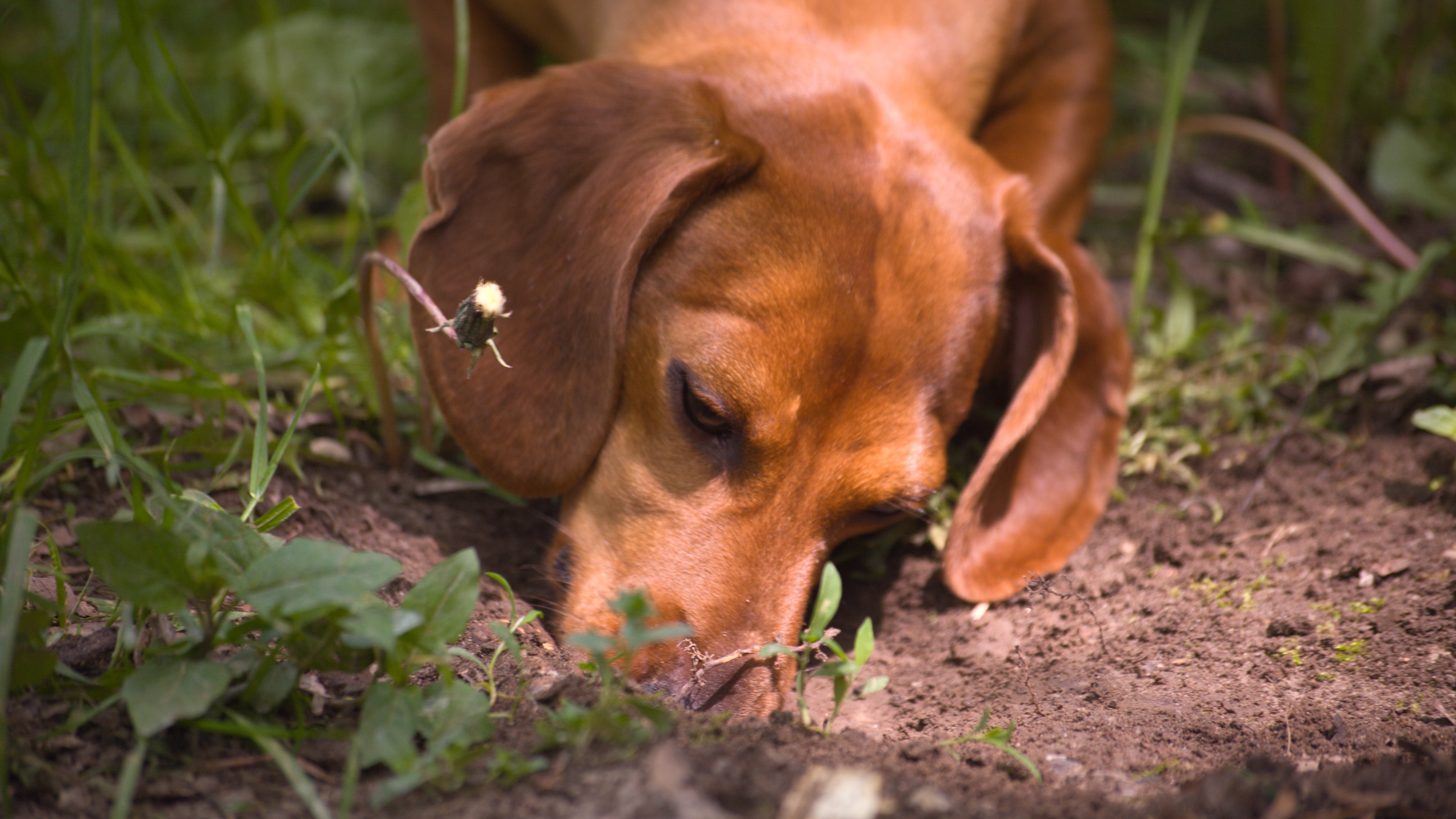
There are few things the dachshund loves more than to follow a good trail and get digging. In fact, digging and burrowing isn’t just something this breed does because they were born to hunt, these behaviors serve as a source of mental and physical stimulation and also help dachshunds to feel safe. The digging isn’t limited to outdoors either, burrowing under blankets and pillows before falling asleep is also really common.
16. Senior dachshunds often require a ramp

It’s not easy being small and it’s even harder getting old, especially for dachshunds who are prone to back problems. Around 25% of senior dachshunds suffer from intervertebral disc disease, where mineral deposits form in the discs of their spine.
The severity differs from dog to dog, causing anything from mild discomfort to paralysis. Jumping up on beds and couches can become very difficult if not impossible, so placing ramps around your home will make it much easier for your dachshund to get around.
17. They adore food

While some pups have a preference for the best dry dog food or the best wet dog food, dachshunds are well known for loving food in all its many forms. They’re such big foodies that they live life with a singular question forever at the front of their minds: is it time to eat yet? As you’d expect from a food-loving pup, they’re highly treat-motivated, so use this to your advantage when it comes to training.
18. It's easy to pronounce their name wrong
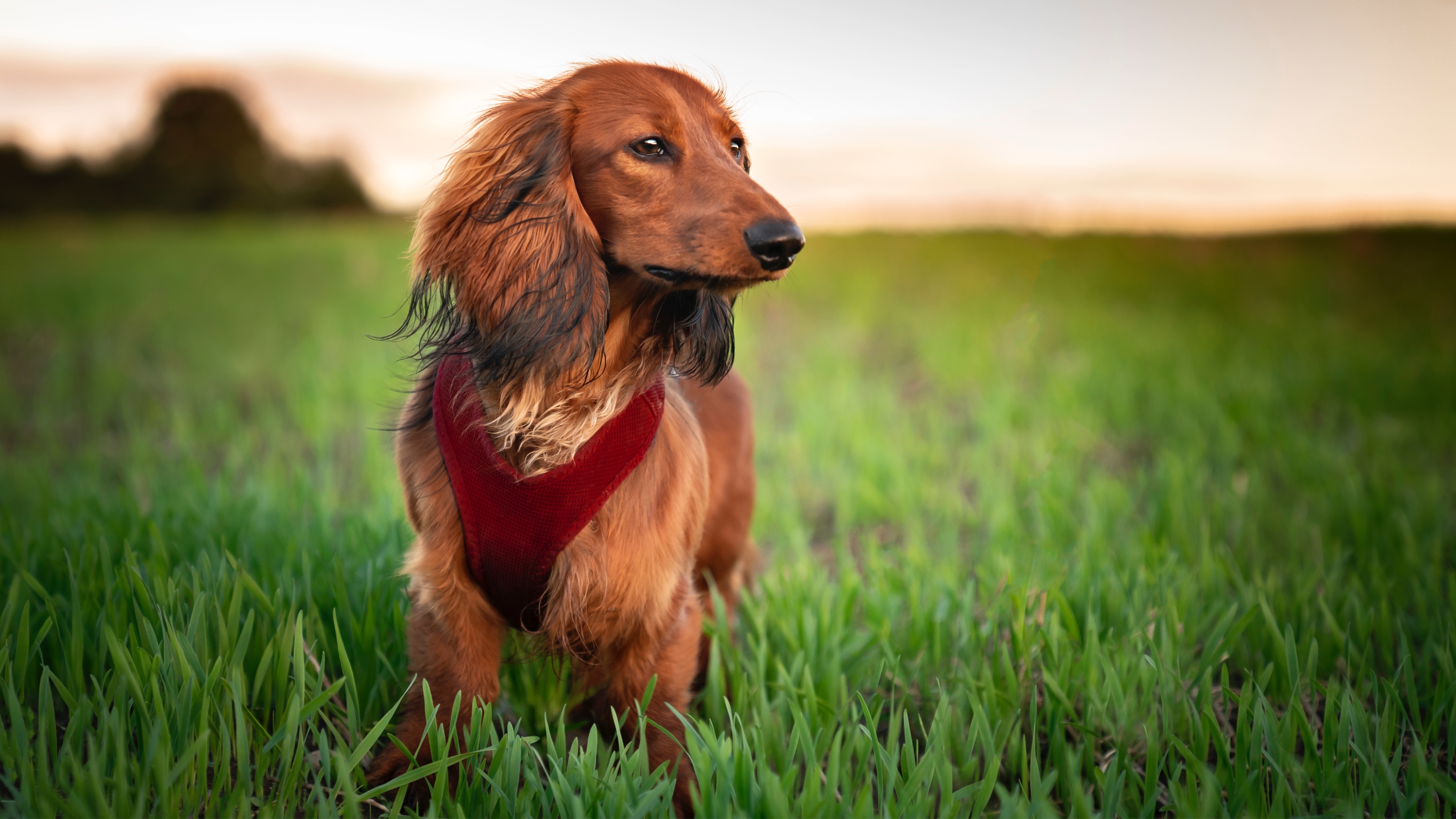
Mispronouncing their name is a common mistake, so if you’ve been saying it wrong all these years, rest assured you’re not alone. While many people say ‘dash-hound’, the correct pronunciation is ‘dahks-hund’.
19. Dachshund means 'badger hound'
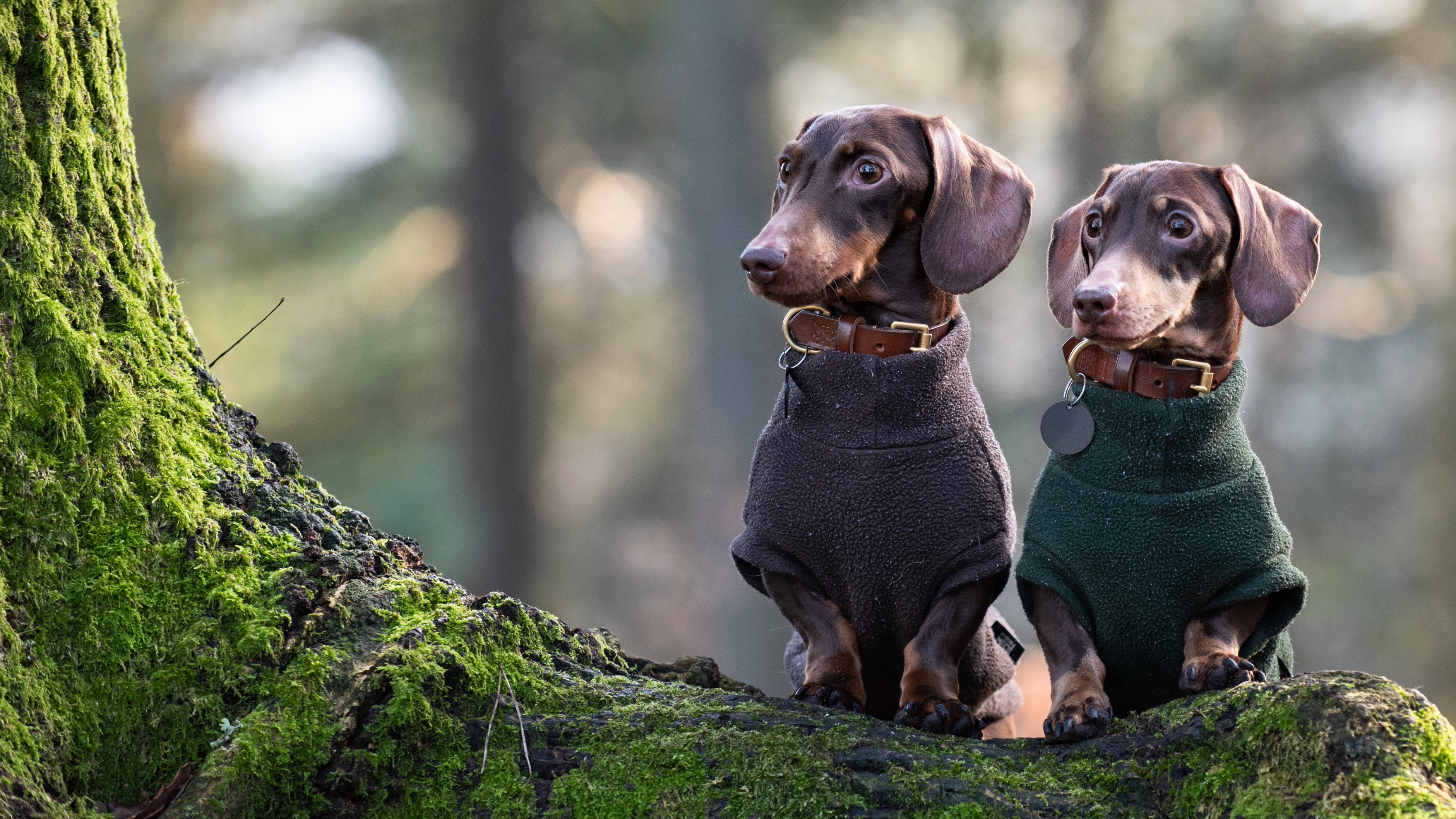
The name dachshund is German for ‘badger hound’, which is fitting if you consider that this dog was originally bred to track the scent of badgers.
20. They come in 15 colors
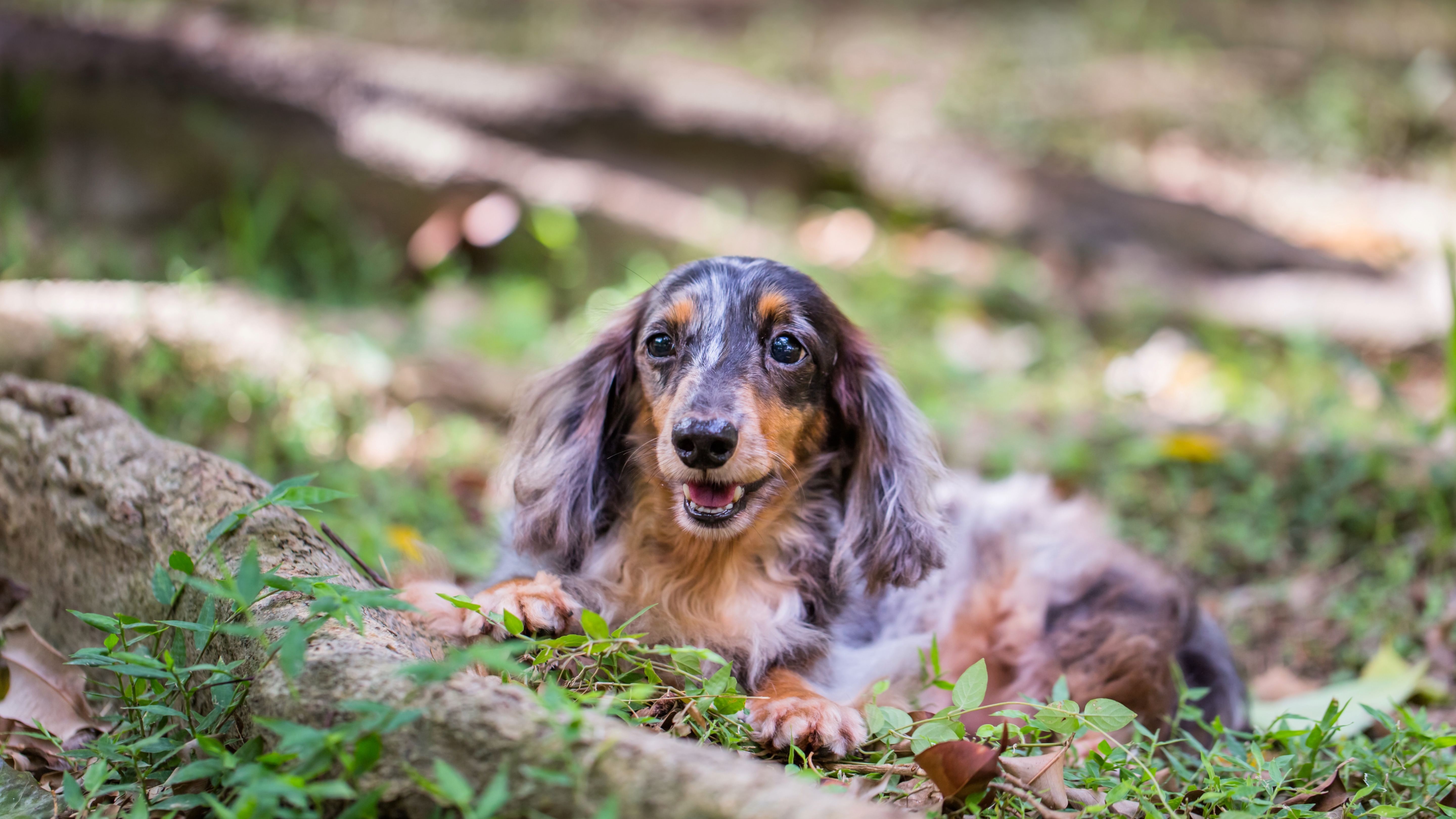
The dachshund comes in 15 different colors with four standard markings (brindle, sable, piebald, and dapple). Colors include the popular black and tan combo, as well as cream, red, wheaten, and chocolate.
21. Queen Victoria made them popular
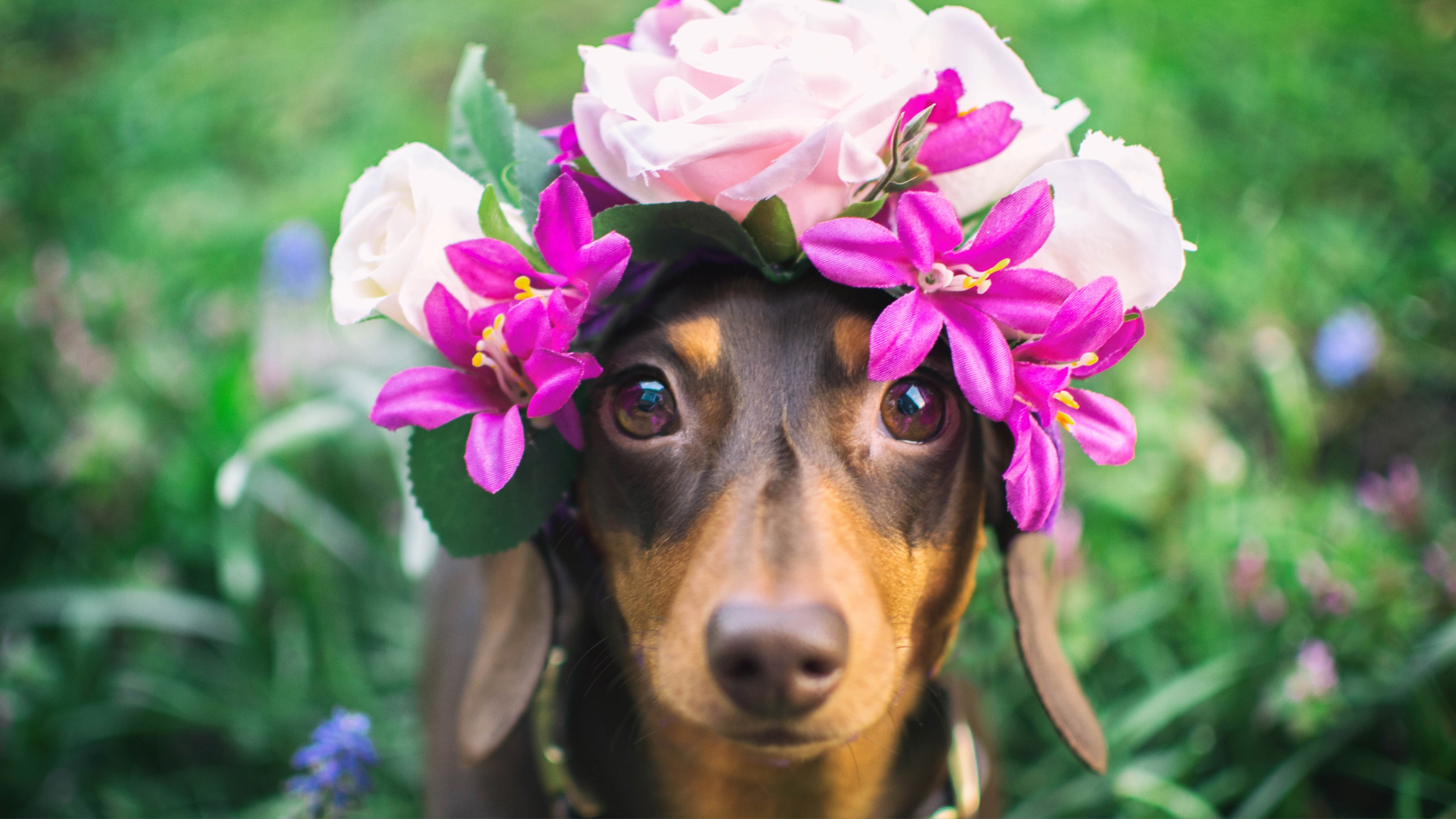
The dachshund rose to prominence in the mid-19th century when Queen Victoria became the first of many famous owners. She owned several dachshunds throughout her life and once declared that “nothing will turn a man’s home into a castle more quickly and effectively than a dachshund.”
22. Their lineage often surprises people
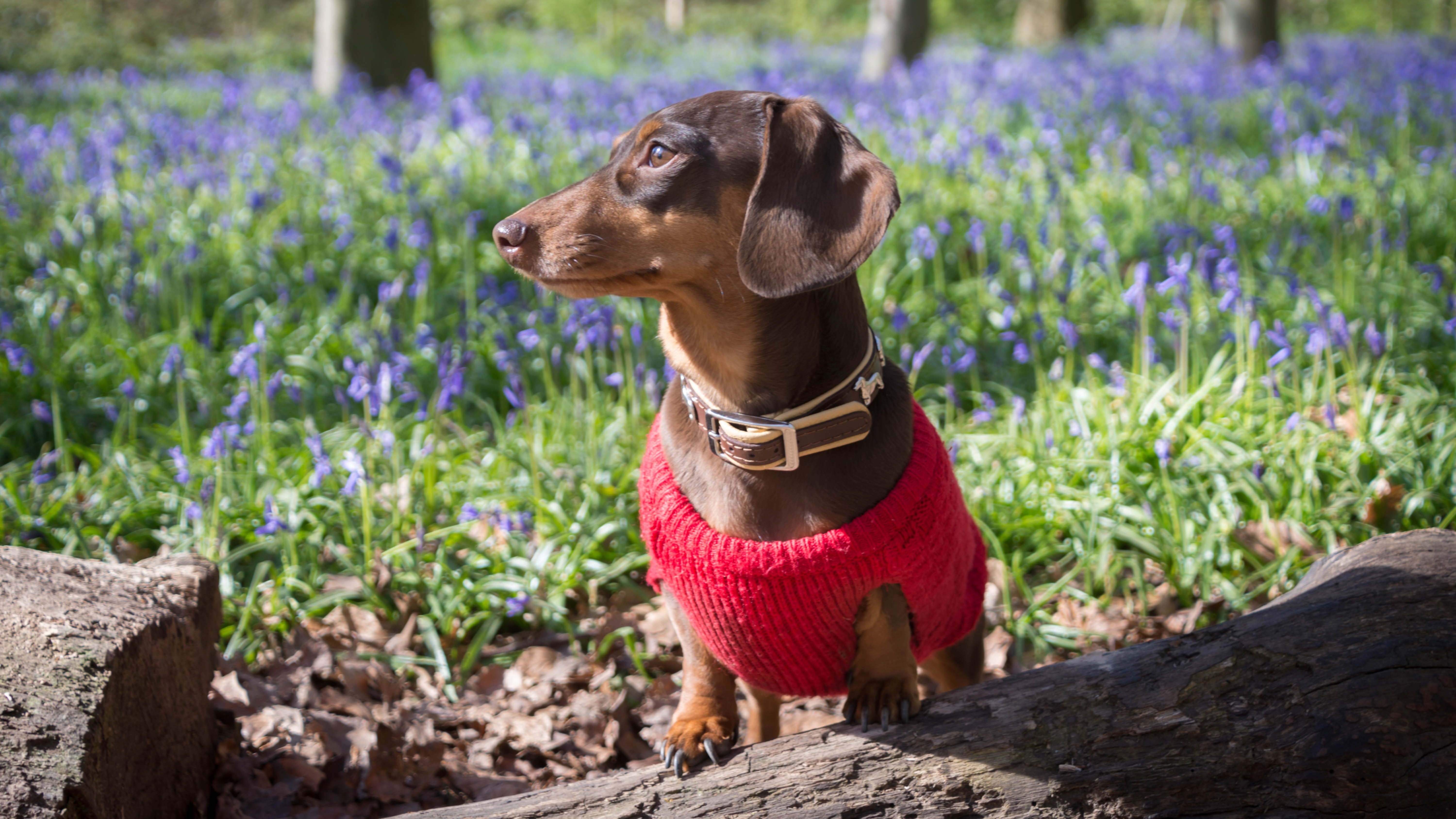
The dachshund descends from the pinscher and the miniature French pointer, although other ancestors include the bloodhound, various terriers and basset hounds. Which is just one of the fun facts about basset hounds.
23. Adaptability is one of their strengths

If you’re looking for a pup that will do well in almost any environment, the dachshund is well worth considering. One of the best dogs for apartment living, this breed's petite size makes them ideal for small homes — although just be aware that their little legs mean they don’t do well with too many stairs. They also make wonderful companions for just about anyone, including singles, couples, families with children, and the elderly.
24. Dachshund races are a thing

While not a serious sport (they do have very short legs after all!), dachshund races have been going on since the 1970s. Originating in Australia, they now take place around the world and always provide spectators with ample laughs.
25. House training them can be a slow process
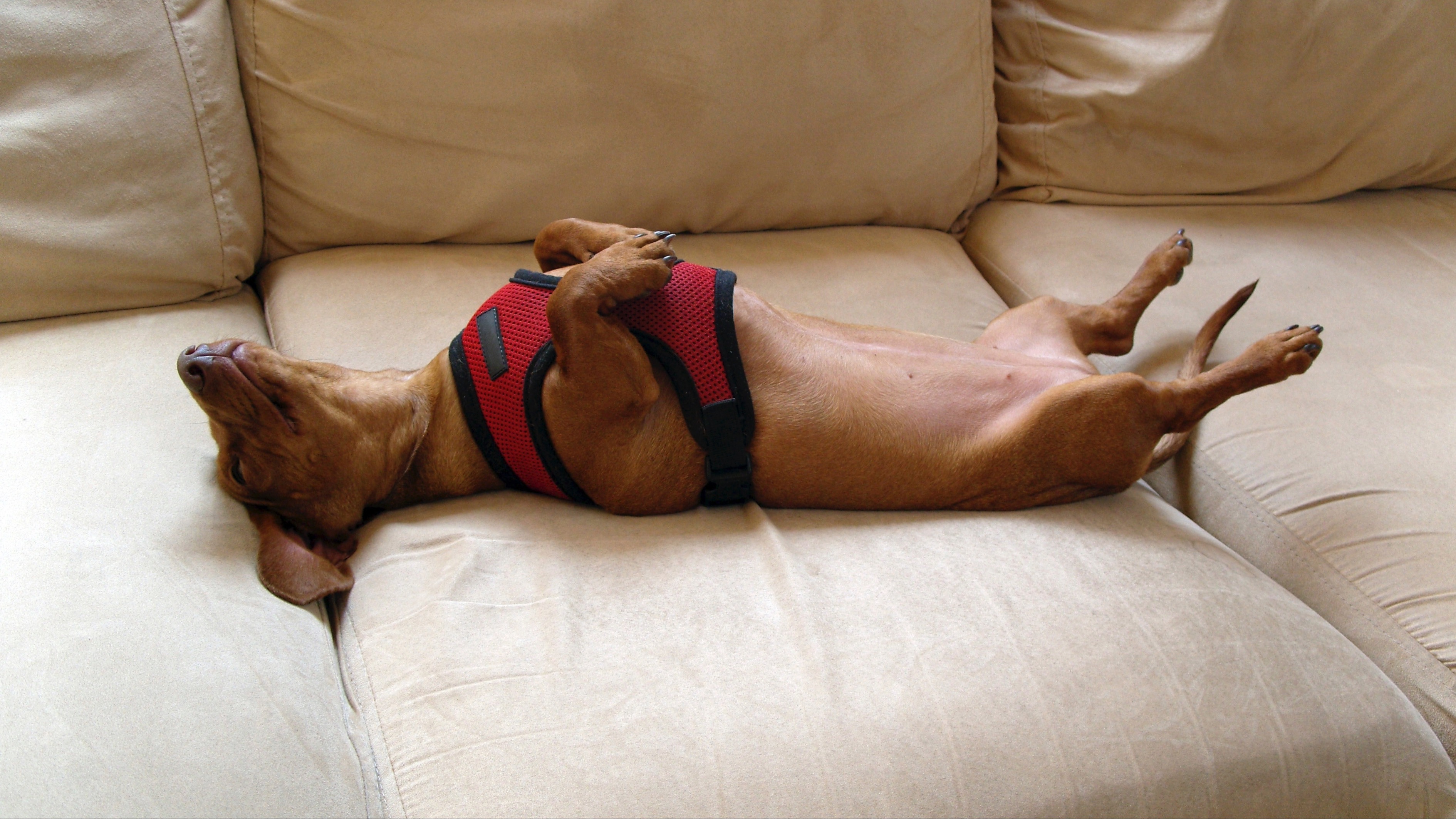
If you’ve ever tried to house-train a dachshund then you don’t need us to tell you what a notoriously slow process this can be. As with most hound breeds, training a dachshund can be tedious and requires a great deal of time and consistency.
Expect it to take your pup a year to learn what’s expected of them and when it comes to practical tips for training your dog on your own, patience is going to be top of the list with this breed.
26. Their grooming needs vary
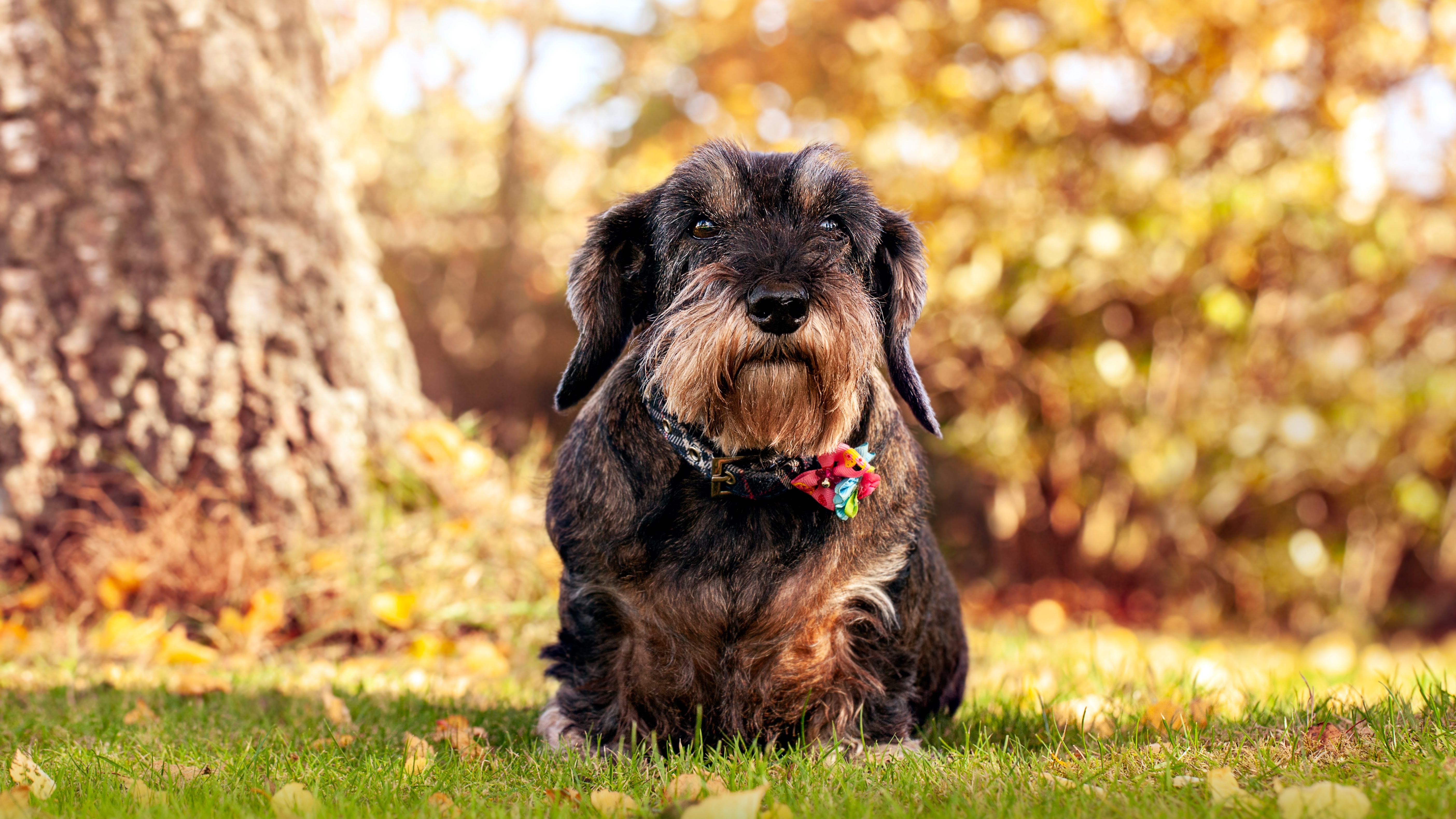
Because they come in three different coat types, the dachshunds' grooming needs will vary. While all are low-shedding, the smooth-coated dachshund is the most low-maintenance of the three, requiring a quick wipe-down with a towel after a walk and a weekly brush. Long-haired dachshunds need weekly brushing to prevent mats and tangles, while wire-haired dachshunds need regular brushing as well as beard and eyebrow trimming.
27. Obesity can be an issue

While obesity can affect any dog, it’s a common issue with dachshunds and is problematic because their small legs can’t support a lot of excess weight. When it comes to what to do if your dog is overweight, vets recommend limiting treats and keeping your pup well-exercised to avoid weight gain.
However, do bear in mind that obesity can be a sign of an underlying health issue, such as hypothyroidism, so get your dog checked out by a vet if you have any concerns.
28. They have an independent streak

Dachshunds know their own minds and tend to have a strong independent streak, which often shows up during training sessions! That being said, they’re still very committed to their families and like to join in on all the fun.
29. They can struggle with children and other pets
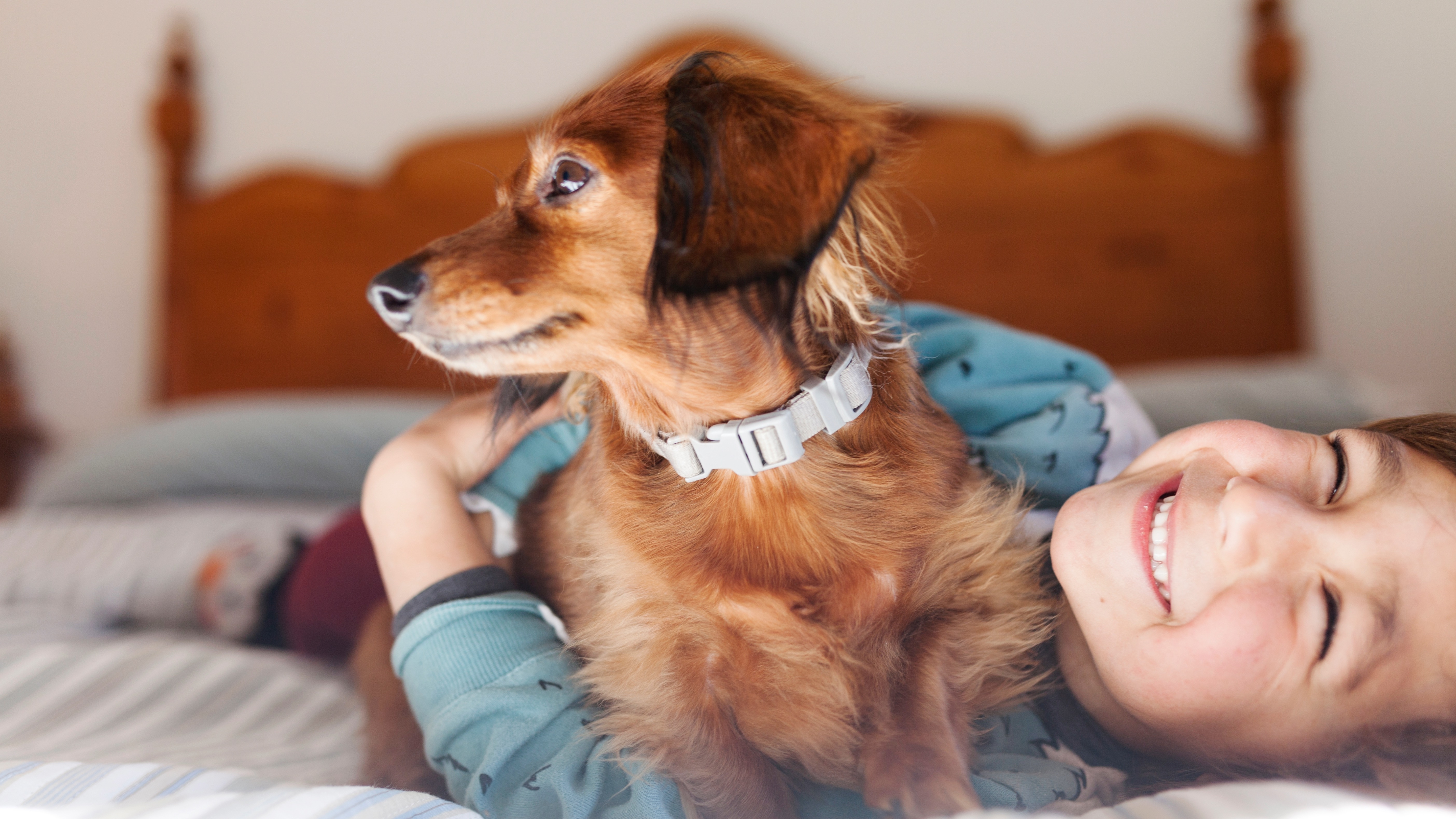
On the whole, dachshunds are very loving and affectionate dogs, however, they are prone to becoming vocal and snappy around children and other dogs if playtime gets too boisterous. Because of that, this breed tends to be best suited to homes with older children and calm pets.
30. Separation anxiety is common

Separation anxiety in dogs can happen in any breed, but it’s a particular concern with dachshunds who are prone to overly attaching to their owners. Early socialization is key for preventing this as exposing your pup to lots of new sights, smells, and sounds will help them feel more comfortable when they’re left alone.
31. They're protective of their owners

They may be small, but their bark is big and the dachshund won’t hesitate to use their voice if they feel they need to. Highly protective of both their humans and their territory, they will bark aggressively and incessantly if they perceive a threat.
32. They're courageous

Fearless, determined, and relentless, the dachshund is a courageous little dog who’s more terrier-like than hound-like in their bravery. However, it’s worth noting that they tend to act rashly and can be reckless, so keeping them on a leash when out and about is always a good idea.







